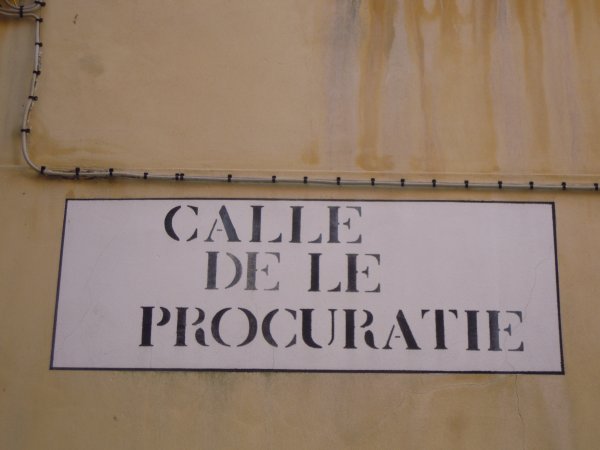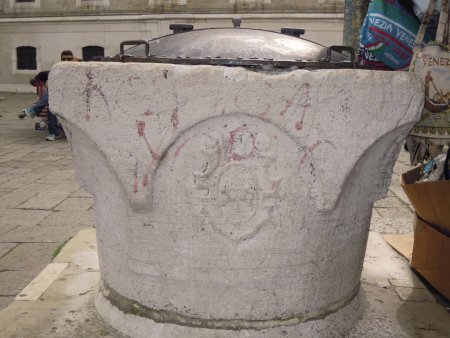
to discover
art and crafts
in Venezia

CALLE DE LE PROCURATIE


The area’s name comes from the fact that the procurators (procuratori) of San Marco managed a number of homes here which were assigned to indigent families, according to the wishes expressed in wills.

Two other areas are also called “Procuratie” for similar reasons: one in Dorsoduro and one at Santa Maria del Giglio.
Management of these three areas was divided among three groups of procurators: The Ultra were responsible for the Santa Maria Maggiore area managing a series of apartments bequeathed by Filippo Tron, the Citra were responsible for San Geremia bequeathed by a certain Zuane Ravagnan, while Santa Maria del Giglio was managed in part by the Supra procurators for the legacy of Luca Moro and in part by the Citra for the legacy of Giacomo Corner.
The creation of the Procurators in Venice began with the appointment of a first procurator who oversaw the construction of the Basilica di San Marco. Others were added over the years until there were six, divided into groups of two in Supra, Citra and Ultra.
The Supra procurators were responsible for the doge’s church and of Piazza San Marco; the Ultra administered the other side of the Grand Canal, and the Citra this side of the Grand Canal.
In 1422, their number was increased to nine, three per group. The procurators were appointed for life, and were second in importance only to the Doge. In the immediate vicinity is Campo San Geremia, with a wealth of paterae, coats of arms and well heads, Palazzo Labia and the church containing the remains of Santa Lucia:




















